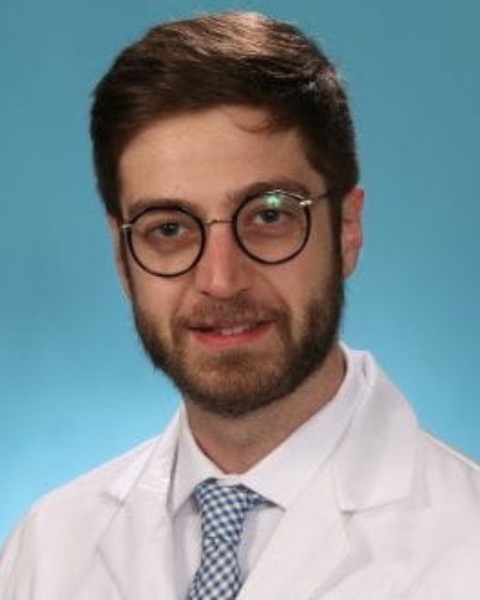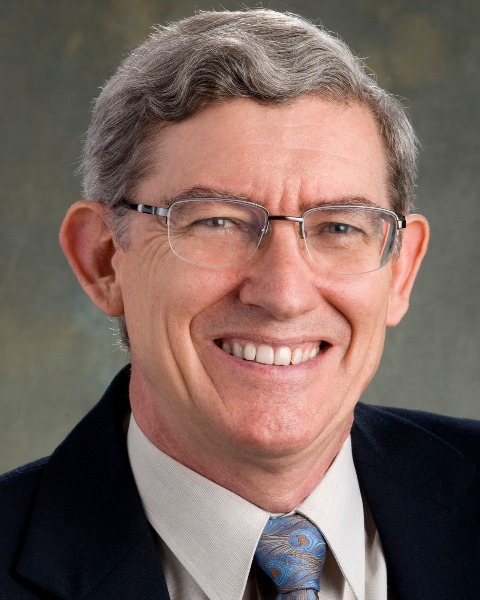Melanoma
non-CME
P43: Prognostic assessment of sentinel lymph node metastases: Are we using the wrong measure of tumor burden?

Rami Srouji, MD
General Surgery Resident
Cedars-Sinai Medical Center
LOS ANGELES, California, United StatesDisclosure information not submitted.

Rami Srouji, MD
General Surgery Resident
Cedars-Sinai Medical Center
LOS ANGELES, California, United StatesDisclosure information not submitted.

John Thompson, MD
Emeritus Professor Melanoma and Surgical Oncology
Melanoma Institute Australia, The University of Sydney
North Sydney, New South Wales, AustraliaDisclosure information not submitted.
- DW
Duan Wen, MD
Pathologist
University of California Los Angeles, United StatesDisclosure information not submitted.
- RH
Rong Huang, MD
Pathologist
University of California Los Angeles, United StatesDisclosure information not submitted.
- RS
Richard Scolyer, BMedSci, MBBS, MD, FRCPA, FRCPath, FAHMS
Professor
Melanoma Institute Australia and Faculty of Medicine and Health, The University of Sydney, Tissue Pathology and Diagnostic Oncology, Royal Prince Alfred Hospital and NSW Health Pathology, Sydney,, United StatesDisclosure information not submitted.
- SS
Stacey Stern, MS
Data Manager
Saint John's Cancer Institute, United StatesDisclosure information not submitted.
- LF
Leland Foshag, MD
Fellowship Program Director
St John's Cancer Institute, United StatesDisclosure information not submitted.
- TF
Trevan Fischer, MD
Assistant Program Director
Saint John's Cancer Institute, Donald L Morton CGSO Fellowship, United StatesDisclosure information not submitted.
- DE
David Elashoff, PhD
Statistician
University of California Los Angeles, United StatesDisclosure information not submitted.
- MS
Myung Sim, DrPH
Statistician
University of California Los Angeles, United StatesDisclosure information not submitted.

Mark B. Faries, MD (he/him/his)
Professor of Surgery
The Angeles Clinic and Research Institute/ Cedars-Sinai Medical Center
Los Angeles, California, United StatesDisclosure information not submitted.
- AC
Alistair Cochran, MD
University of California Los Angeles
Los Angeles, California, United StatesDisclosure information not submitted.
Poster Presenter(s)
Author(s)
Modern adjuvant therapy for melanoma has proven benefits, but its use in Stage IIIA is controversial due to the already favorable outcomes of these patients. Nodal tumor burden is critically important in assessing the risk of recurrence and death and therefore in selecting patients for adjuvant therapy, and multiple adjuvant trials have used tumor diameter as an eligibility criterion. However, an earlier analysis of the first Multicenter Selective Lymphadenectomy Trial (MSLT-I) suggested metastasis diameter is not the optimal measure. We assessed a larger series from MSLT-II for validation.
Methods:
In MSLT-II, patients with SLN metastases were randomized to completion lymph node dissection (CLND) or observation (OBS). Several measures of nodal tumor burden (diameter, percent nodal area, number of foci, penetrative depth, nodal location) were evaluated by institutional pathologists and reviewed centrally using H&E and immune-stained sections. Melanoma-specific survival (MSS) was determined in follow up of the trial, which is ongoing.
Results:
Among 1571 patients with pathologic SLN metastases, 1309 (83%) had review of multiple tumor burden measures. Tumor burden was similar between patients undergoing CLND or OBS by all measures. Classifying by percent tumor area, 78% (1027/1309) were low-risk ( < 5%), whereas by diameter, 67% (787/1309) were low-risk ( < 1mm). Low-risk proportions using other measures were smaller still (penetrative depth <1mm: 59% (752/1270), foci <5: 61% (696/1150), subcapsular location: 28% (287/1018)). While both diameter and area were significantly related to MSS, the HR for area was 2.04 (95% CI 1.59-2.62, p< 0.0001), compared to 1.75 (95% CI 1.37-2.24, p< 0.0001) for diameter. Comparing CLND and OBS, no area or diameter subgroups demonstrated improved MSS.
Conclusions:
While classifying SLN tumor burden using area rather than diameter is technically more demanding and will entail a change in pathology workflow, it appears to provide greater prognostic discrimination while classifying a greater proportion of patients as low risk. This may allow more patients to safely avoid the toxicity and expense of adjuvant systemic therapy.
Learning Objectives:
- understand the importance of nodal tumor burden in staging melanoma
- understand multiple systems for classifying nodal tumor burden
- better equipped to counsel patients regarding adjuvant therapy decisions in melanoma
